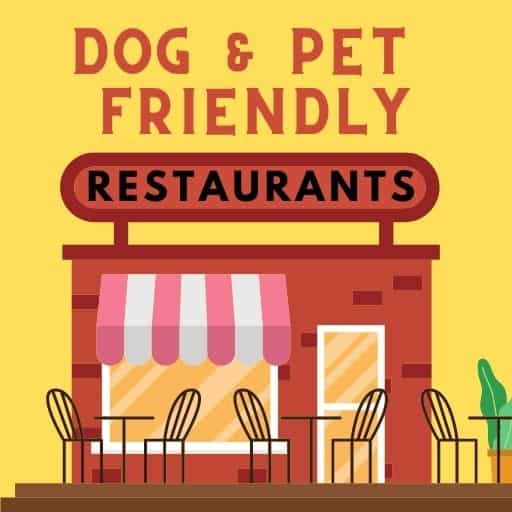Dog Bite Prevention & Pet Safety: Everything You Need to Know
Dear Fellow Animal Lovers & Pet Parents,
Dog bites can pose a serious health risk to our communities. More than 4.5 million people are bitten by dogs each year in the United States. More than 800,000 receive medical attention for their dog bite, according to the U.S. Centers for Disease Control (CDC). At least half of those bitten are children.

It’s National Dog Bite Prevention Week!
There are many things that can be done at home and within the community to help prevent a dog from biting someone. National Dog Bite Prevention Week® is celebrated the second full week of April each year. This year, the dates are April 8-14. During this time, we would like to remind pet owners & the public that the majority of dog bites are preventable. Why do dogs bite?
Why do dogs bite?
Dogs bite for a variety of reasons, but bites occur most commonly as a reaction to something. It is important to remember that any dog can bite; big or small, male or female, young or old. Even the cuddliest, fuzziest, sweetest pet can bite, if provoked. It is not a dog’s breed that determines whether it will bite, but rather the dog’s individual history and behavior. It is important to remember responsible pet ownership to avoid your dog biting others.
How to Prevent Dog Bites:
- Socialization is a good way to help prevent your dog from biting. Introducing your dog to other animals and people while it’s still a puppy will help your pet feel more comfortable in different situations. As it gets older, your dog will feel comfortable around others.
- Responsible pet ownership builds a solid foundation for dog bite prevention. Basics of responsible dog ownership can help reduce the risk of dog bites. Carefully selecting the dog that’s right for your family is very important. Do you research before adopting a new pet. Proper training, regular exercise, and neutering or spaying your pet are also responsible habits for pet owners. It’s also recommended to use a leash in public to make sure that you are able to control your dog.
- Educate yourself and your children about how – or whether – to approach a dog. This includes avoiding risky situations and understanding when you should certainly not interact with a dog. Instances where dogs should be left alone include: if it is not with its owner, if it is sleeping, or if it is growling or barking. (to name just a few scenarios)
- Reading a dog’s body language can also be helpful. Just like people, dogs rely on body language, posture and vocalizations to express themselves. While we can’t always read a dog’s body language accurately, it can give us helpful clues as to whether a dog is feeling stressed, frightened, or threatened.
But, how can you be sure your pet is happy, healthy, and safe?
Get peace of mind about your pet’s environment & health with Turner Animal hospital. You don’t need to be a pet expert. Their amazing staff is here for you!
Veterinarians play a key role in educating and guiding the community about dog bites and other pet health prevention strategies. Contact your veterinarian for more information or visit Turner Animal Hospital on Facebook for more Dog Bite Prevention Tips and Info.
Sincerely,
Eric McConkey, DVM and Tara McConkey, CVPM
Co- Owners, Turner Animal Hospital
Meet Eric, Tara, and the loving Turner Animal Hospital staff! They are here to help your pets
Want to reserve your appointment now? You can book an appointment online. 🙂
For more helpful pet tips, sign-up for The Scoop now!
From our furry family to yours, iPetsKC





